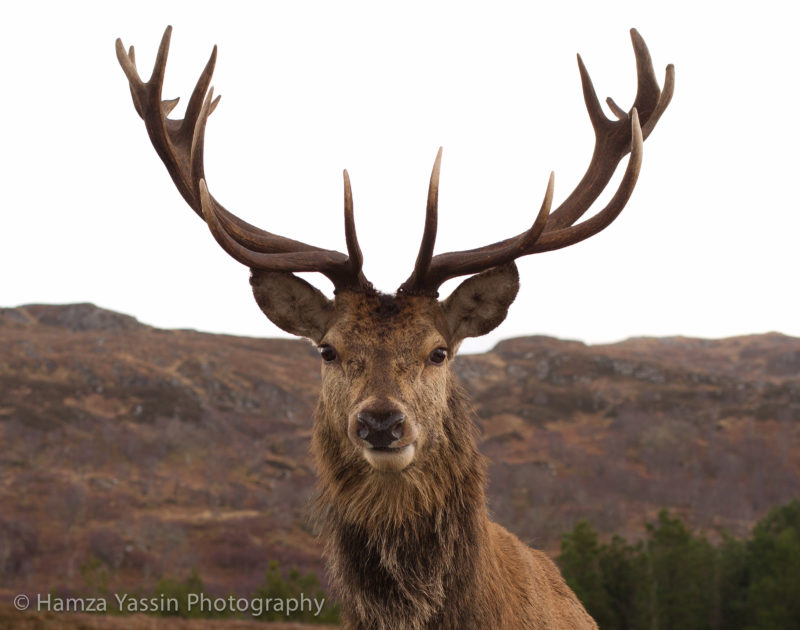In Hiaki, the translation for deer is maaso. This term is used for both the animal and the dancer. When most spectators come to watch the deer dancer they tend to focus on the feet, but where they should be looking at is at the deer’s head. The deer is a highly-admired creature in the Hiaki culture, because it represents independence, freedom, and strength.
Another word for deer is yoawa, which is used when one is speaking about deer in general. The word sou te’ele is used when referring to a different species of a small male deer. In the past, hunters would not come close to these deer because they would spit on them.
The following is a short story about the maaso:
When Tucson was populated by about 35,000 people and surrounded by wilderness with hardly any transportation around the deer roamed around freely around the land. Because the deer could roam freely many were awed by its beauty and it also provided food for the people. The men saw the strength they wished to have.
Around the time between the first and second world war the mother deer and its fawns would go sit on the banks and drink water. The deer would not be bothered in these instances, because of the belief that the Hiaki are one with the animal world and must respect life in every form. All life has a purpose. For example, when hunting one must wait for a sign from the deer that indicates that it okay for the hunter to kill it.
